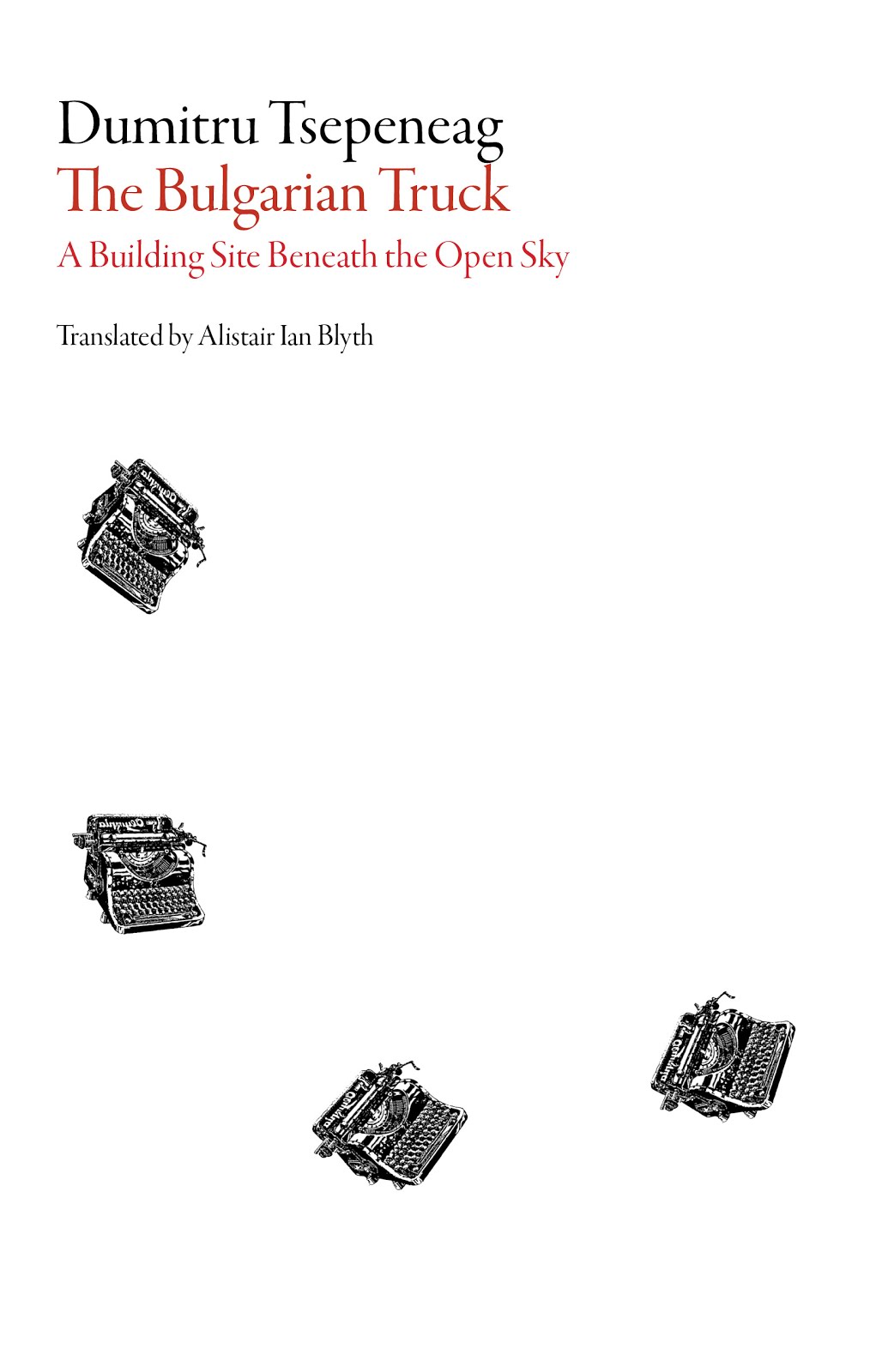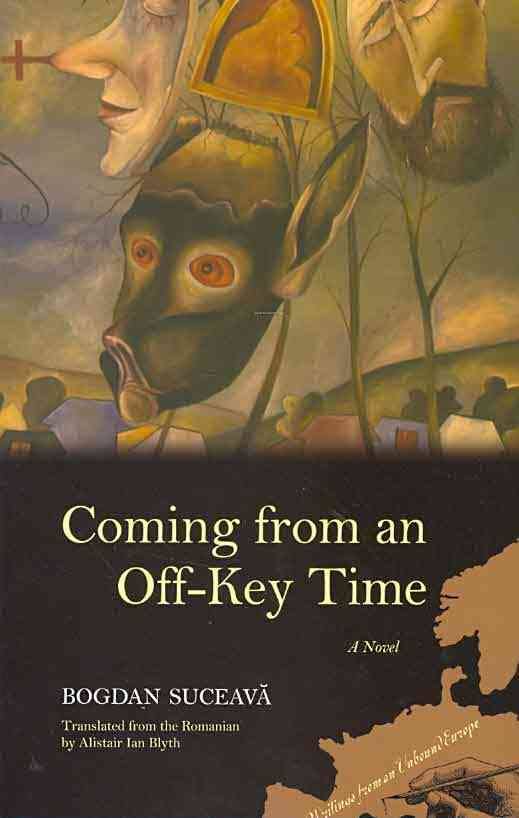What might be termed metaphysical detritus: the subtle excremental matter voided by the demons that throng the lower aerial sublunary regions like falling snow or like the swarms of gnats and mosquitoes that obnubilate the skies above the Danube Delta and the Bărăgan Steppe in summer. In his commentary on Leviticus 17:7, (*) cabbalist Nahmanides reports that demons (šedim) dwell in the far- flung wastes (šedudim) of the cold, septentrional climes and that their substance is elemental, consisting of fire and air only. Although compounded from subtle fire, they emanate a terrifying coldness. But since they are elemental, like humans they are mortal and susceptive to decay. In his dialogue De daemonum operatione, Byzantine philosopher Michael Psellus makes startling allusion to the vermicular seminal matter excreted by such demons. (†) It would be incorrect, however, to infer that if demons’ physiology allows such excretion (perittōsis), they are therefore possessed of spermatic vessels or vital parts. (‡) Rather, they feed in the manner of sponges or shellfish by absorbing vapours or moisture from the surrounding air, before voiding the aforementioned secretions. (¶) Centuries later, thanks to the invention of the microscope, empirical evidence of such demonic matter might be said to have been discovered, based on which Christian Franz Paullini makes a painstaking theologico-physiological inquiry into whether bodily death itself be a ‘wormy substance,’ (§) a maggoty underlying essence, leading the reader through a vast macrocosm whose every nook and cranny, whose every substance, be it animal, mineral or vegetable, swarms with the living death (mors viva) of countless invisible worms (vermes), seethes with their fecund seed, ovules, and animate faeces (excrementa animata).
excerpt from Alistair Ian Blyth, Card Catalogue, Dalkey Archive Press, 2020
ISBN-13: 978-1628972696
(*) ‘And they shall no more offer their sacrifices unto devils, after whom they have gone a whoring. This shall be a statute for ever unto them throughout their generations.’
(†) Sperma nonnulli eorum emittunt, et vermes quosdam spermate procreant (‡) vasave spermatica et vitalia
(¶) Aluntur alii quidem inspiratione, ut spiritus arteriis nervisque contentus, alii humiditate, non tamen ore, ut solemus, excepta, sed spongiarum testaceorumque piscium more adjacentum quidem humorem extrinsecus attrahentes, posteaque concretionem spermati- cam excernentes.
(§) Disquisitio curiosa an mors naturalis plerumque sit substantia verminosa? Revisa, aucta et emendata, multisque raris, selectis et curiosis DEI, Naturæ Artisque magnalibus, mys- teriis, et memorabilibus illustrata et confirmata, Frankfurt and Leipzig, Apud Johann Christoph Stösseln, 1703.
On 1 October 1803, at Greta Hall, Keswick, S. T. Coleridge opened his copy of this little-read title, which ‘had remained uncut an exact century, 8 years of the time in my possession,’ and was prompted to remark: ‘It is verily and indeed a Book of Maggots.’
(§) Disquisitio curiosa an mors naturalis plerumque sit substantia verminosa? Revisa, aucta et emendata, multisque raris, selectis et curiosis DEI, Naturæ Artisque magnalibus, mys- teriis, et memorabilibus illustrata et confirmata, Frankfurt and Leipzig, Apud Johann Christoph Stösseln, 1703.
On 1 October 1803, at Greta Hall, Keswick, S. T. Coleridge opened his copy of this little-read title, which ‘had remained uncut an exact century, 8 years of the time in my possession,’ and was prompted to remark: ‘It is verily and indeed a Book of Maggots.’






















No comments:
Post a Comment